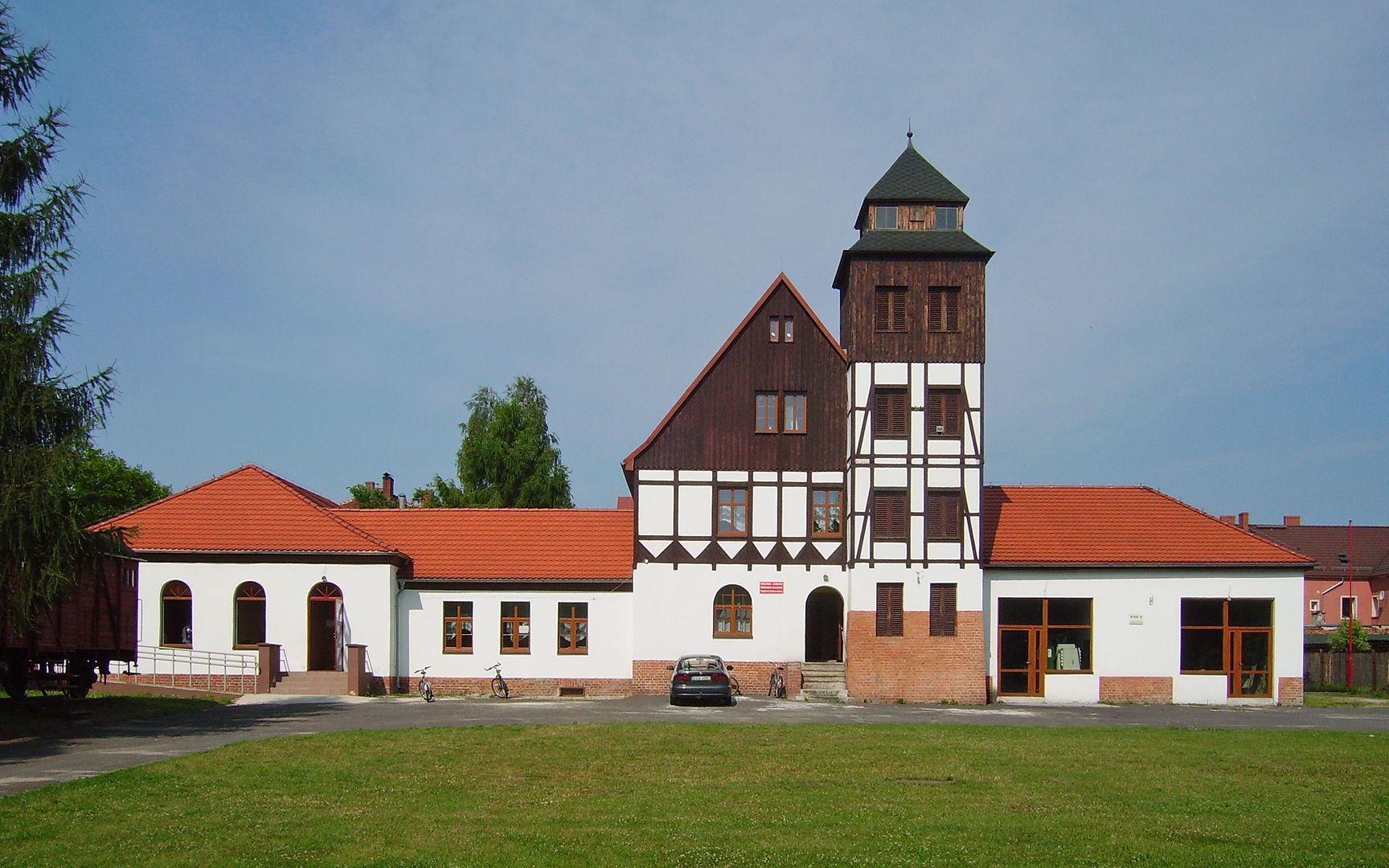Węgliniec
6.91

Overview
Węgliniec is a town in southwestern Poland, in the Lower Silesian Voivodeship, whose coat of arms and flag reflect its rich history. The symbolism of the coat of arms refers to the railway, which was crucial for the development of the town, and to the pine tree, which alludes to its history as a charcoal burners' settlement. Węgliniec is located on the Węgliniec Plain, within the Lower Silesian Forests, characterized by a charming natural environment, including numerous forests and ponds. With an area of 8.72 km², the town has only 2,657 inhabitants, illustrating a concerning trend of population decline. The local authorities are the mayor and the Town Council, and Węgliniec has the status of an urban-rural municipality. In terms of culture, two religious communities dominate: the Roman Catholic Church and Jehovah's Witnesses. From an architectural perspective, Węgliniec boasts several valuable monuments, such as the neo-Romanesque Church of the Sacred Heart of Jesus from 1930, the former Evangelical railway church from 1878, and the railway station from 1846, which also played an important role in the region's development. The history of Węgliniec dates back to the end of the 16th century when a charcoal burners' settlement was established, and the first chapel was built in 1554. In the 19th century, the town gained importance thanks to the railway, which contributed to the development of the local lignite industry. After World War II, Węgliniec changed its administration, and in 1967, it was granted town rights. An interesting fact is that the town is home to the Torfowisko pod Węglińcem nature reserve, which protects a unique peat bog with rare species of plants and birds. Despite the decline in population and socio-economic transformations, Węgliniec remains an important transport hub and offers beautiful nature and a fascinating history.
Location
2025 Wizytor | All Rights Reserved